The God of Urdu Poetry!
I first read about Mir Taqi Mir in Kushwant Singh's historical book,Delhi, wherein he wrote about the various eras which have shaped Delhi.The book tells the story of how Mir fell in love with a married woman and lost his mind after she spurned him, making Mir realise that love is all illusion and not reality.It also captured Mir's angst felt during the invasion of Delhi by Nadir Shah in 1738.
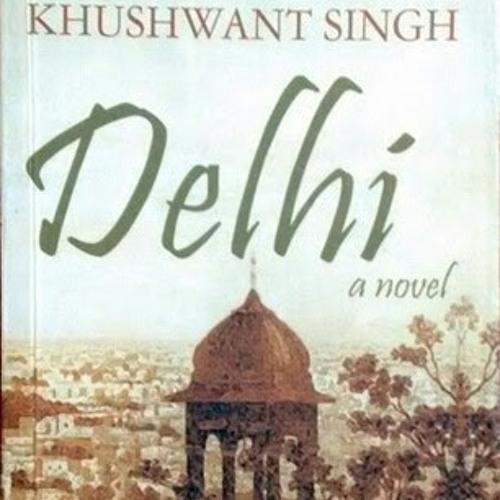
Mir taqi Mir was an Urdu poet of the 18th century Mughal India and one of the pioneers who gave shape to the Urdu language itself and is ranked amongst the greatest poets of Urdu with Ghalib, Iqbal and Mir Anees.Mir's instinctive aesthetic sense helped him strike a balance between the indigenous expression and new enrichment coming in from Persian imagery and idiom, to constitute the new elite language known as Rekhta or Hindui.He was one of the principal poets of the Delhi School of the Urdu ghazal.Mir Taqi Mir's poetry sums up the 18th Century Delhi politics, love, loss and feelings.
Dr Jameel Jalibi,the famous Urdu scholar says " Mir is the poet who made the Urdu language come out of the royal court and made it stand on the staircases of Delhi’s Jama Masjid. Delhi’s Jama Masjid is, of course, an allusion to the common people and the language as spoken on streets of Delhi in the 18th century.
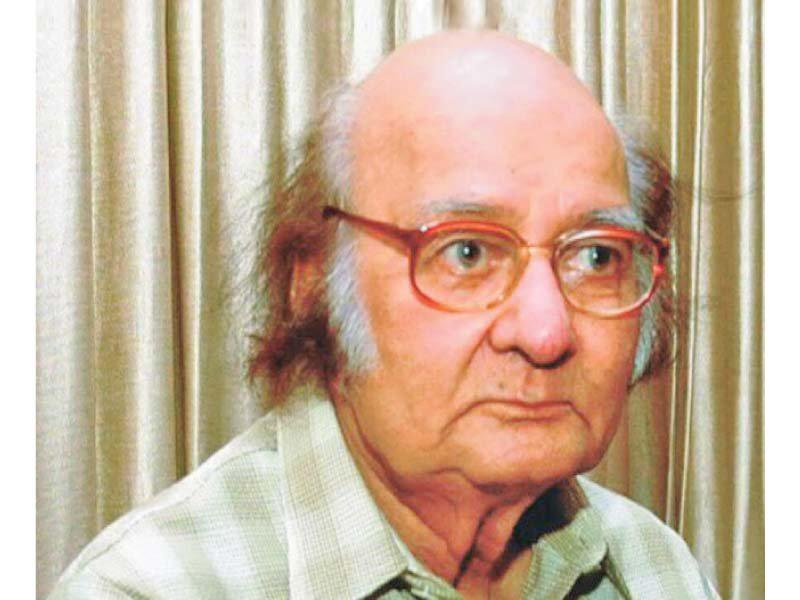
(Dr Jameel Jalibi)
Mir lived much of his life in Mughal Delhi. Kuchha Chelan, in Old Delhi was his address at that time.However, after Ahmad Shah Abdali's looting of Delhi each year starting 1748, he eventually moved to the court of Asaf-ud-Daulah in Lucknow,in 1782.Distressed to witness the plundering of his beloved Delhi, he gave vent to his feelings through some of his couplets.
For Mir, Delhi’s lanes were no less than an artist’s painting :
Koochey nahin dilli ke, auraaq-e-musawwir hain
Jo shakl nazar aayi, tasveer nazar aayi
These are not Delhi by-lanes, these are artist’s canvas
Every sight I see looks like a painting.
Chor uchakke, Sikh, Maratthey, Shah-o-gada az khwaahaan hain
Chaiyn mein hain jo kuchh nahin rakhtey, fiqr hi ek daulat hai ab
Thieves, pickpockets, Sikhs, Marathas, affluent and indigent – all are in need
In peace are those who do not possess anything, poverty itself is wealth
And
Deeda-e-giryaan hamaara neher hai
Dil-e-kharaaba jaise Dilli sheher hai
My weeping eyes are like a canal
My ruined heart like the city of Delhi.
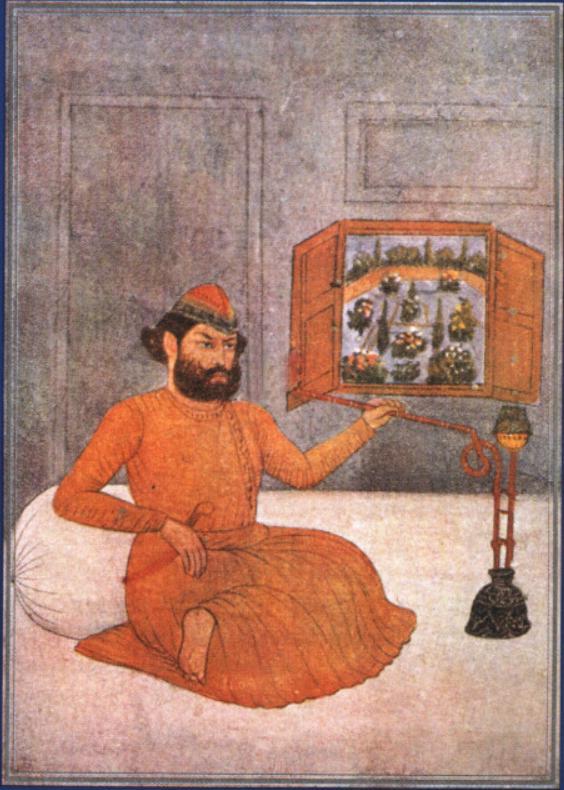
He wrote a ‘shehr-e-ashob’, an elegy that mourned the death of Delhi’s grandeur after it was looted and ransacked by invaders. In one line, Mir says, “At every step there was once a home here”.Disillusioned,by the plunder of Delhi,He spent the latter part of his life in the court of Asaf-ud-Daulah in Lucknow.As the story goes,Mir was not recognised in Lucknow untill he came up with his famous introduction and now oft-quoted verses :
"Kya bood-o-baash poochho ho, poorab ke saakino ?
Hum ko ghareeb jaan ke, hans hans pukaar ke
Dilli jo ek sheher tha, aalam mein intekhaab
Rehte thay muntakhab hi jahaan rozgaar ke
Us ko falak ne loot ke veeraan kar diya
Hum rehne waale hain usi ujde dayaar ke"
The English translation:
What whereabouts do you ask of me, O people of the East ?
Considering me an alien and laughing at me
Delhi, that was a city unique on the globe
Where lived only the chosen of the time
Destiny has looted it and made it deserted
I belong to that very wrecked city.
After his death, he was buried at the graveyard Bheem Ka Akhara area of Sathati locality.
Unfortunately, the marker of his burial place is believed to have been removed in modern times and in the 1970s, a cenotaph was built in the vicinity of his actual burial place.Mir's literary reputation is anchored on the ghazals in his Kulliyat-e-Mir,mostly on themes of love. His masnavi Mu'amlat-e-Ishq (The Stages of Love) is one of the greatest known love poems in Urdu literature.
Mirza Ghalib once said this about Meer Taqi Meer:
“Reekhta kay tumhi ustaad nahi ho Ghalib, Kehte hain agle zamane me koi Mir bhi tha. “(You are not the only master of Urdu, Ghalib. They say there used to be a Mir in the past).”
Ghalib and Zauq were contemporary rivals but both of them believed in the superiority of Mir and also acknowledged Mir's superiority in their poetry."Life was not easy for Mir,” according to Urdu scholar Javed Manzar.Mir learnt from his father Ali Muttaqi, a man of austere Sufi leanings, about the role of love and beauty in life,the ephemeral nature of the world and the need to be steadfast in the face of odds and vicissitudes in life.
Unlike other poets from the 18th century who wrote in Persian, Mir wrote in Urdu. With a vast corpus of poetry consisting of more than thirteen thousand couplets,Mir was known as "kudha a sukhan"/God of Urdu poetry.Mir is the first Urdu poet whose complete works were typeset and printed. The voluminous " Kulliyaat-e-Mir Taqi "/ ‘Complete works of Mir Taqi’,was published in 1811 as a major literary project sponsored by the Fort William College in Calcutta.
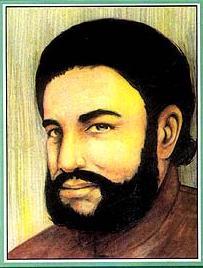
Mir Taqi Mir's,classic ghazals also formed the basis of many Bollywood hits.His poem ‘Dikhayee Diye Yun" was turned into a song for the movie Bazaar (2018).
Another famous ghazal immortalised by Ghulam Ali :
"Patta patta buuta buuta haal hamara jaane hai
Jaane na jaane gul hi na jaane baagh to saara jaane hai"
Pankaj Udhas sang:
"Yaaro mujhe maaf karo main nashe mein hun, Ab do tu jaam khali hi do main nashe mein hun"
Mir’s utmost care to preserve the purity of his language in the seemingly simple couplets, are not so straightforward and only when one has interpreted the underlying sense of the metaphors will the couplet unfold its true meanings.His love for his self-respect often caused offence to his patrons and some fellow poets as is evident from the strained relationship in Nawab Assad ud dula's court.
Mir, like Ghalib did not hesitate in audaciously announcing the hypocrisy in religion and religious formalism :
"Ulti ho gayin sab tadbeerein, kuchh na dawa ne kaam kiya
Dekha is beemaari-e-dil ne, aakhir kaam tamaam kiya
Kis ka Kaaba ? kaisa qibla ? kaun Haram hai ? kya ehraam ?
Koochey ke us ke baashindon ne, sab ko yahin se salaam kiya
Sheikh jo hai masjid mein nanga, raat ko tha maikhaane mein
Jubba, khurqa, kurta, topi, masti mein inaam kiya
Mir ke deen-o-mazhab ko ab poochhte kya ho, un ne toh
Qashqa kheincha, daiyr mein baitha, kab ka tark Islam kiya"
The English translation:
my efforts went in vain, the medicine didn’t work at all
Did you see, this heart disease at last killed me
Whose Ka’aba ? what prayer-direction ? what Holy mosque ? what pilgrim’s robes ?
We, the inhabitants of her lane, abandoned all from here
The Sheikh who stands naked in the mosque today, was in the pub last night
Cloak, gown, shirt, cap – in inebriation he gave away as tips
What do you now want to know about Mir’s religion and faith, he in fact has
Tattooed the forehead, sat in the temple, abandoned Islam long ago.
Mir wrote a lot on the nuances of love. It was the dominant note of “sringara rasa” or romantic love that drew Firaq Gorakhpuri to Mir’s poetry.Empathy, profound linguistic sense and rich imagination is why Mir is considered foremost amongst poets and a universal appeal that also transcends barriers of time and place.
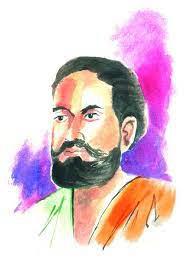
His poetry appealed to the youth of the Indian sub continent as the violence of the Partition and the mass uprooting of people had its parallel in Nadir Shah’s attack on Delhi,during the time of Mir whose writings were filled with the undercurrent of deep pain, anguish, despondency, and suffering.
Mir believed in the path of love. A life without love is an ordeal and losing one's heart in love is the real art. Though this path is riddled with difficulties, love is what drives the world." This is a philosophy reflected by Meer in most of his works.
Comments (6)





